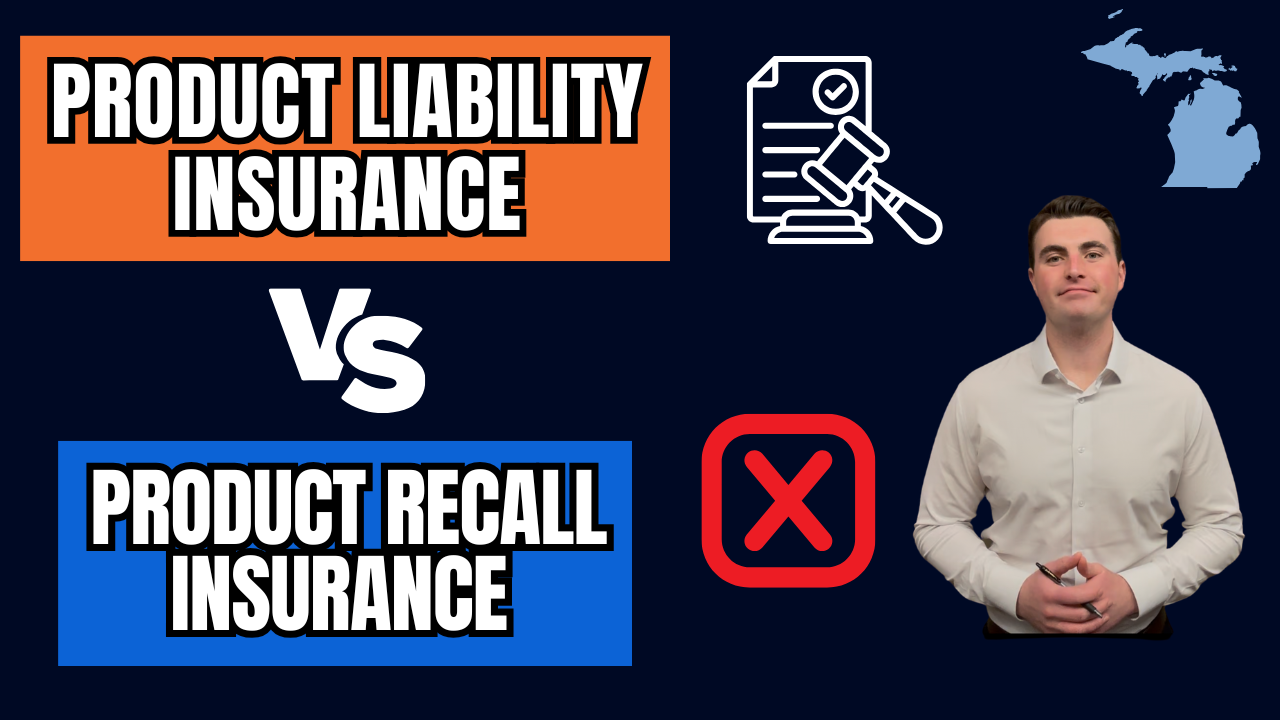How Much Cyber Insurance Does Your Business Need? 5 Tips to Get It Right
How Much Cyber Insurance Does Your Business Need? 5 Tips to Get It Right
If you’re a business owner evaluating your cyber liability insurance, or looking to get an initial policy in place, one of the most common questions is: How much cyber insurance do I actually need?
It’s a smart question to ask—because underinsuring your business can be just as risky as not having coverage at all. Cyberattacks, data breaches, ransomware events, and business interruption can cost companies thousands—or even millions—depending on the incident. Here's how to make sure you're not caught off guard.
Below are five tips to help you determine the right amount of cyber insurance coverage for your business:
1. Understand the Cyber Risks in Your Industry
Not all businesses face the same cyber threats. A healthcare company handling patient data will likely need more coverage than a retail store or a small manufacturer.
Different industries also have different legal and compliance requirements (like HIPAA for healthcare or PCI DSS for retailers).
Pro Tip:
Look at industry benchmarks to see what similar-sized businesses in your sector are carrying. This can give you a baseline for coverage limits.
2. Consider the Average Claim Size in Your Sector
Cyber claims are not only becoming more frequent—they’re becoming more expensive. From legal defense and customer notification to data restoration and ransomware payments, the costs add up quickly.
Look at:
- Historical claims data (if available)
- Insurance carrier reports
- Industry publications
Knowing what the “average” loss looks like for a business like yours can help you avoid being underinsured.
3. Review Total Coverage Limits and Sublimits
Many cyber insurance policies come with a general aggregate limit, but they also include sublimits for specific coverage areas like:
- Data breach response
- Business interruption
- Regulatory fines and penalties
- Cyber extortion (ransomware)
Even if you have a $1M aggregate limit, a $50K sublimit for ransomware might not be enough. It’s critical to make sure the sublimits meet your risk exposure.
4. Account for Your Business’s Unique Risk Profile
Think beyond industry standards. If your business:
- Stores or processes a large volume of sensitive data
- Relies heavily on digital systems or e-commerce
- Has remote workers or uses third-party software integrations
…then your cyber risk might be significantly higher than average.
These factors could justify increasing your policy limits beyond the typical benchmark.
5. Regularly Review and Update Your Cyber Coverage
Your business evolves—and so do cyber threats. The coverage that was right for you last year might leave gaps today.
Make it a habit to:
- Reassess coverage annually
- Update your insurance provider on business changes
- Adjust limits as you grow or take on new digital risks
Don’t wait until after a cyber event to find out you’re underinsured.
Final Thoughts:
Choosing the right amount of cyber liability insurance isn’t an exact science—but by following these five steps, you’ll be in a much stronger position to protect your business. Start by understanding your industry risks and average claims, then dig into your policy details, unique needs, and ongoing changes.
If you're unsure or want a second opinion on your current policy, we’re here to help. Contact us today for a free cyber insurance review and personalized recommendation.
Contact Us
We will get back to you as soon as possible.
Please try again later.









